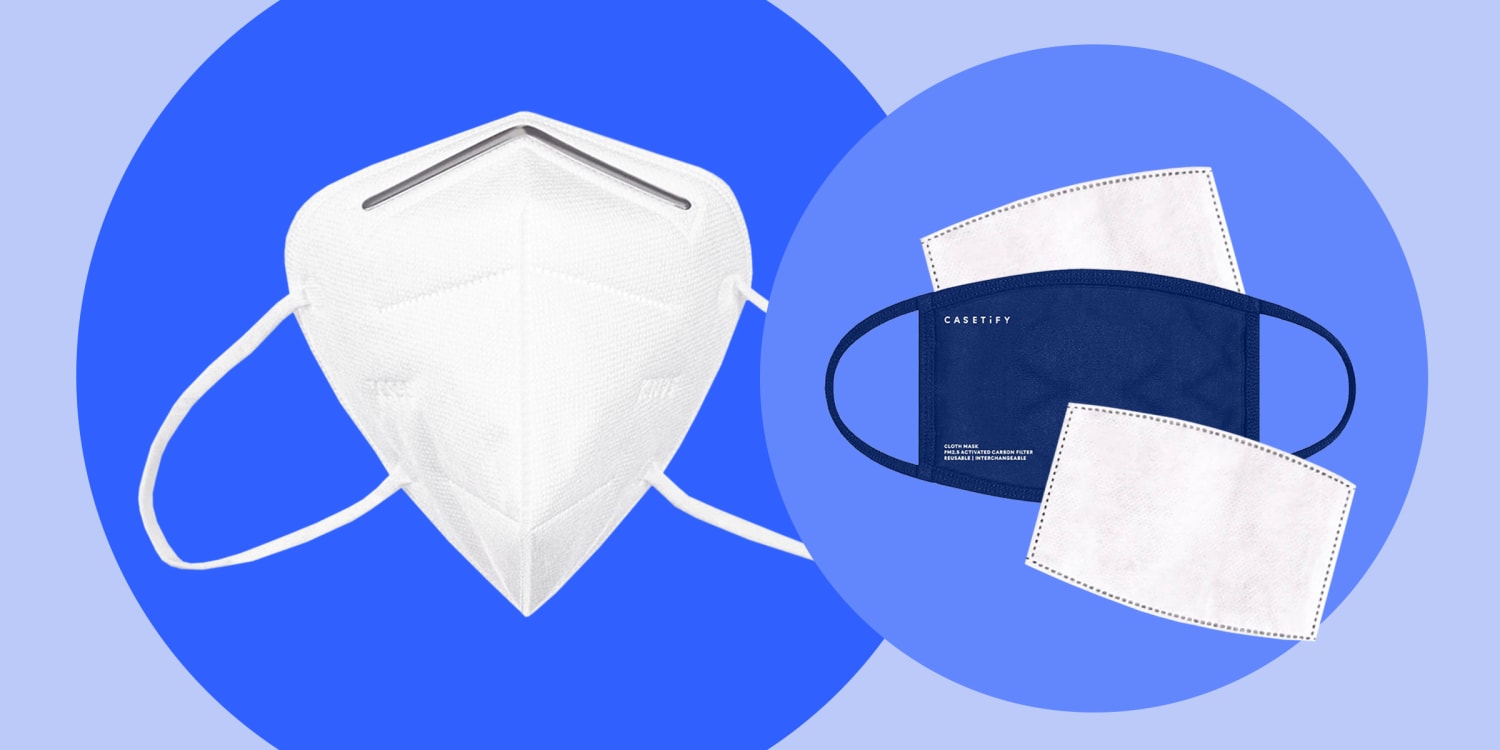



More at https://www.cdc.gov/coronavirus/2019-ncov/cases-updates/summary.html.

COVID-19 affects different people in different ways. Infected people have had a wide range of symptoms reported – from mild symptoms to severe illness.
Symptoms may appear 2-14 days after exposure to the virus. People with these symptoms may have COVID-19:
Look for emergency warning signs for COVID-19. If someone is showing any of these signs, seek emergency medical care immediately:
Call your medical provider for any other symptoms that are severe or concerning to you.



COVID-19 in Georgia
 Georgia Department of Public Health COVID-19
Georgia Department of Public Health COVID-19
 Atlanta Journal Constitution COVID-19 Coverage
Atlanta Journal Constitution COVID-19 Coverage

Make Your Own Mask
 CDC - Use Cloth Face Coverings to Help Slow the Spread of COVID-19
CDC - Use Cloth Face Coverings to Help Slow the Spread of COVID-19
 Johns Hopkins Medical - Make Your Own Mask (EXAMPLE MASK)
Johns Hopkins Medical - Make Your Own Mask (EXAMPLE MASK)


Types of test



